This project involves mains voltages, and where I live the mains voltage is 230V AC. This can and will kill you. I have taken many precautions to make this project as safe as I possibly can. Please do not attempt this project unless you are suitably qualified and experienced to work with mains power supplies.
In summary the project comprises of an ESP32 that takes data from an PZEM-004T module. The PZEM-004T is an electrical energy monitor designed to measure voltage, current, power, energy, and frequency in AC circuits which provides real-time data on energy consumption. This data is displayed on an OLED screen, saved on an SD card and sent via Bluetooth to smartphone app.
Here's a short video demonstrating what the power does and how it connects to a smart phone via Bluetooth classic.
 Tom Goff
Tom Goff


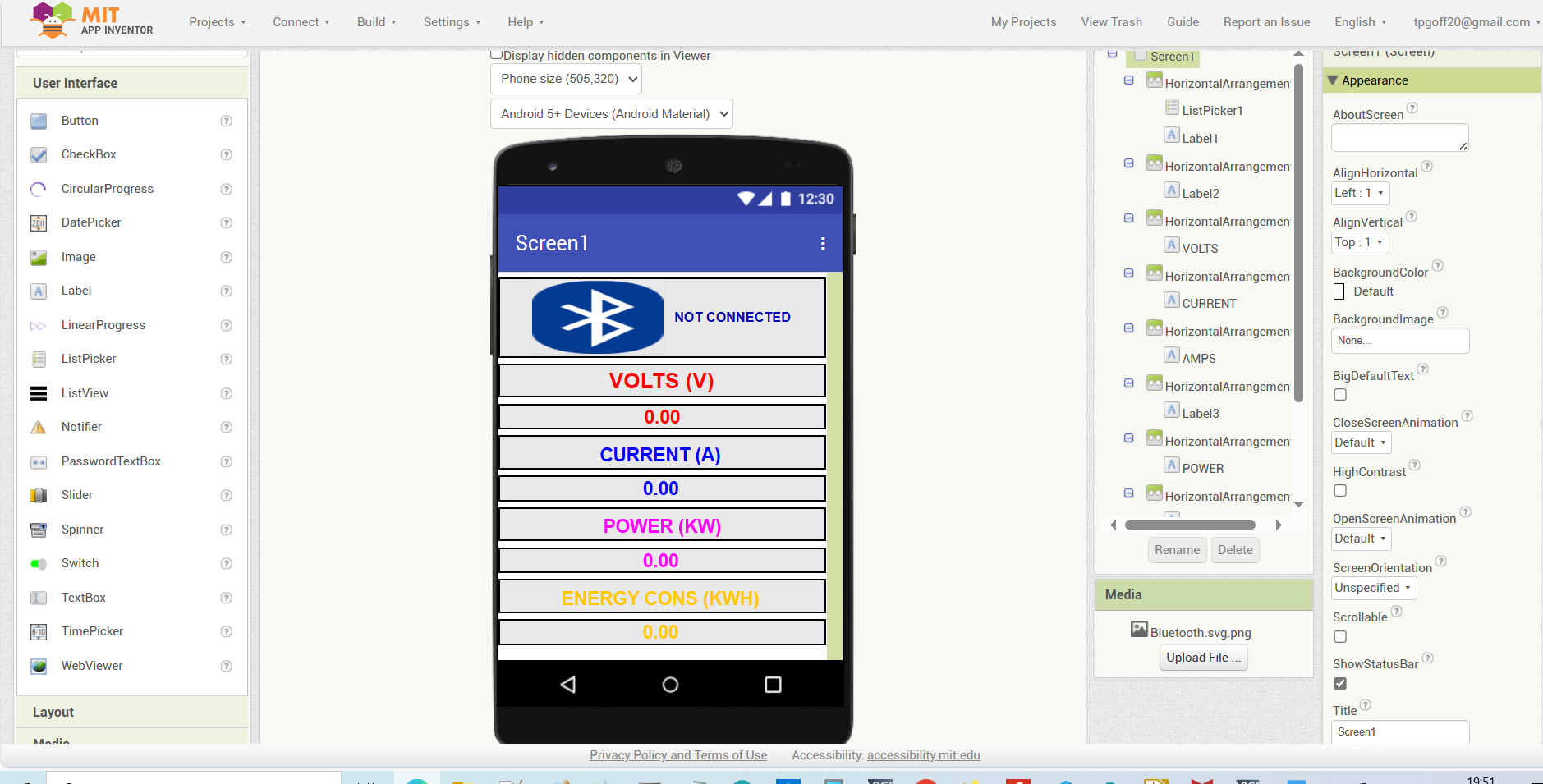

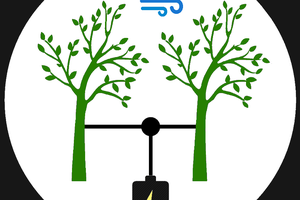
 Tobiwan
Tobiwan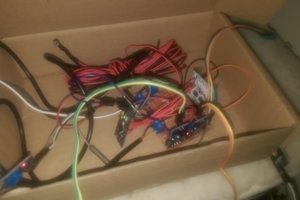
 Deto
Deto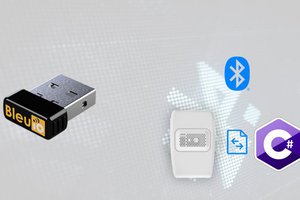
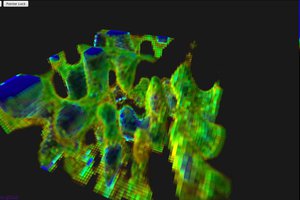
 CNLohr
CNLohr
Impressive project! I really like how you integrated energy monitoring, Bluetooth connectivity, and data logging into such a compact and user-friendly device. You've considered both functionality and safety, which is especially important when working with 230V mains voltage.
Your approach to leveraging ready-made solutions like the PZEM-004T and using MIT App Inventor for the app development is smart—it allows for quick and effective results, particularly for DIY projects. Adding Bluetooth for seamless monitoring via a smartphone is a modern and practical touch.
By the way, if you plan to take this project further, like creating a more advanced version of the app or adding new features, you might consider collaborating with experienced developers. Outsourcing app development could be a great way to scale your idea or optimize the existing code. Here's a helpful guide on How to Outsource App Development. It could be a useful https://dashdevs.com/blog/how-to-outsource-app-development/ if you ever need professional support or want to bring your project to the next level.
Thanks for sharing such a detailed write-up—it’s truly inspiring for many of us!